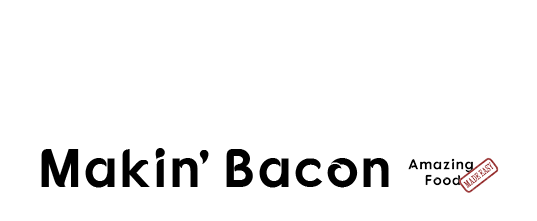 Written by Jason Logsdon
Written by Jason Logsdon
The Product Spectrum with Kate Hansen
Click to discover how to serve your Fans and grow your incomeAs many of you know, I'm a huge fan of creating products and services to really increase the value you're offering to your fans. But what does that actually mean? In a recent podcast episode, I talked to Kate Hansen, the creator and inventor of the Ergo Spout.
She talks about the spectrum of products that you can create and where food bloggers should start on the spectrum, because not every type of product is as easy to make as another one. They all have benefits and negatives and knowing what they are can really help you choose where you should start.
Watch or Listen!
This is also available as a video on YouTube or a podcast on any of your favorite podcasting services.
Here is What Kate and I Had to Say
Jason Logsdon: If a food blogger says, "I'm interested in creating a product and I have an idea". What things should they be aware of that might crop up? What could save them some efforts and time?
Kate Hansen: Well, I think to start out, I might say, I feel like product development is on a spectrum. Down at the bottom of the spectrum are things like digital products that you can create 100% yourself. You can crank out the content and you can create something to sell and it's not going to cost a ton of money to invest to create it.

Then you might move up the line and create re-branded products. You don't have to invent the product, right? Items sold on Alibaba, or these might be your tee shirts or an apron with your logo on it. It's a re-branded product. So it's a product that already exists, but you're putting your own brand on it in order to sell it. It's like white labeling or custom labeling of something.

And then the next thing as you go up the spectrum is what I call the "me too" products. It's a product that has already been done before, but you might put your own little spin on it, a little bit of difference.
You might tweak it yourself, or maybe package it in a different way. Pull together a couple of different products so the thing you're selling is different. It's been done but it hasn't been done in that way before. Depending on how much you change a product, you might be getting into something that's really unique.

Now, you don't want to go too far off the spectrum, because you can get to something that is so original that no one will ever buy it because they can't even conceive it. You may enter into an adoption problem because they don't understand what the product is because it's so unique.
I feel like there's this kind of spectrum and a good place to start for food bloggers is downwards. Something you have 100% control over.
As you move up the spectrum, you're increasing your need for capital in terms of the cost to create a product. And, I feel like you also need to probably increase your patience because the amount (of time) it takes to get your return on your money is going to be a lot longer in order to do it.
And so I think it would be good for food bloggers to think about "where is my interest?". How interested are you in developing your own product? Are you willing to do what it takes? That's why we used Kickstarter, because it takes a lot more capital to do something that is unique and hasn't been done before.
Food bloggers, as they grow, they can move up that scale because they might have more revenue from their blog they can then pour into developing some kind of new product.

If you want to start up here in the product, I don't think that's bad, but you have to realize you're probably going to go out and have to get some funding. You're going to have to start with a Kickstarter, or you're going to have to go get some loans, or you're going to have to get some investors because the amount of money it takes to create a product where you're buying your molds, you're manufacturing and you're doing that is a little bit different.
And so I guess that's kind of what I would think about, "where on that spectrum are you comfortable and do you want to create products?".
Jason: There is such a variety of things you can do out there on the spectrum, knowing where you want to be on that spectrum and doing multiple products. You know, if you start off at the bottom, you're starting to facilitate and nurture that group of fans who are going to buy from you that we were talking about earlier. And by the time you get up to a product you will hopefully have some dedicated fans who really are looking for the next thing you're putting out.
If you want to read some more about this, here are a few helpful links.
- The Power of Products Your Readers Need
- Why Products and Services are the Key to Serving Your Fans
- How to Make Money From Blogging
- Types of Branded Merchandise Food Bloggers Can Create
What products have you thought about creating for your fans? Let me know in the Makin Bacon Facebook Group or the comments below.
 Hi, I'm Jason Logsdon! I'm an adventurous home cook and the head writer and photographer for Amazing Food Made Easy. I grew my income to 6-figures by focusing on serving my Fans by providing massive value, and I want to help you do the same.
Hi, I'm Jason Logsdon! I'm an adventurous home cook and the head writer and photographer for Amazing Food Made Easy. I grew my income to 6-figures by focusing on serving my Fans by providing massive value, and I want to help you do the same.














